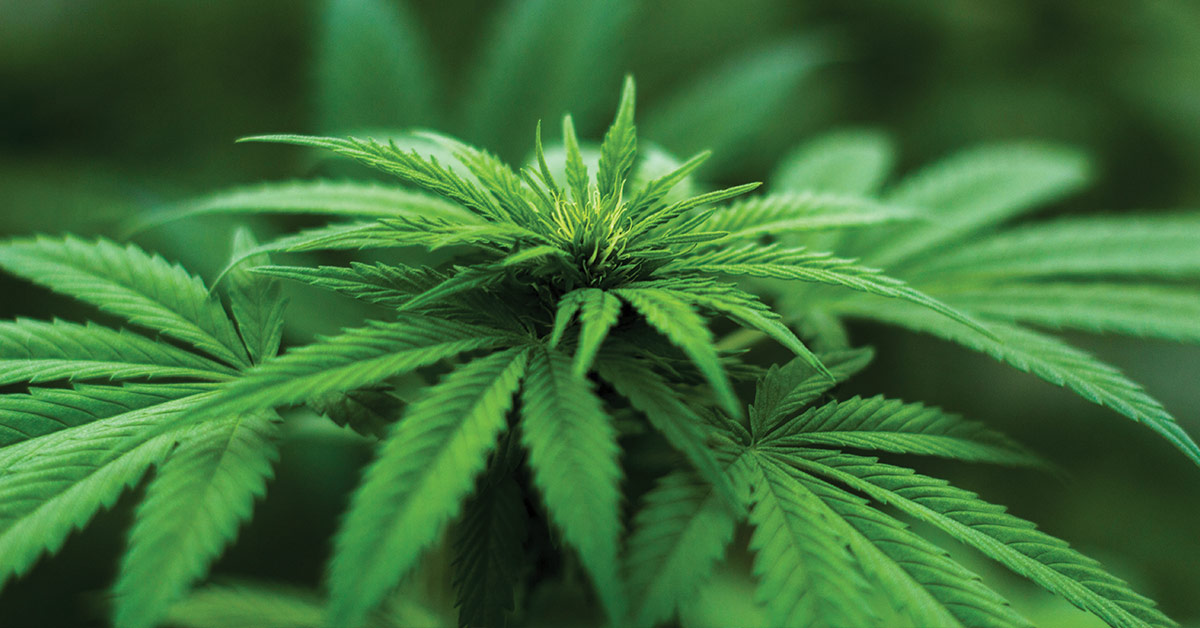Shopping at a dispensary, you’ll quickly notice that there is dirt cheap cannabis, and there’s the premium stuff. Both have a time and place.
Without trying both, you might be wondering exactly what makes the top-shelf stuff worth the price—or on the flip side, why the affordable stuff is so darn affordable. We’re here to help! But just to get it out of the way: Cheaper does not mean less safe. This is a highly regulated and tested industry at this point, and you should rest easy as long as you’re buying from a legit shop.
Many growers nowadays will even have a budget and a mid-tier or premium version of the exact same strain. It’s not a marketing scam though—cannabis plants are living, growing things which means they’re nearly impossible to get perfectly consistent. So the same exact strain, grown in the same room with the same inputs, can have enough variability to be different tiers. Rather than try to pass it all off as the same thing, growers will separate the product out under different brands.
Understanding the nuances between the two can empower consumers to make informed decisions aligned with their preferences and budgets, so we asked Pincanna’s COO Andrew Hall for his insight on what makes some cannabis more premium than others.
Key Factors
When evaluating cannabis products, Hall says several factors come into play, with each holding varying degrees of importance for individual consumers:
Grow Environment: The conditions in which cannabis is cultivated greatly influence its overall quality and potency. Due to this, some growers have more expensive operations than others.
Flower Aesthetics: Factors such as trichome density, structure, trimming, and bag appeal contribute to the visual and tactile appeal of the cannabis flower.
Cultivar and Specific Phenotype: Different strains and phenotypes offer unique combinations of cannabinoids and terpenes, shaping the overall experience of the product.
Cannabinoid and Terpene Content: THC percentage, CBD percentage, and other micro-cannabinoids like CBN or THC-V, as well as the total terpene percentage and specific terpenes, all play crucial roles in determining the potency and effects of cannabis.
Smell, Taste, Burn: The aroma, flavor and combustion properties influence the sensory experience and overall enjoyment of consuming cannabis.
Overall Effect: The combination of cannabinoids, terpenes, and other factors determines the unique psychoactive and therapeutic effects of the strain.
Quality Assessment
Hall says premium cannabis typically ranks higher on the scale for these key factors, while mid-tier and budget options may fall short in one or more aspects. For instance, a strain may boast high THC content but lack terpenes and overall structure, categorizing it as mid-tier or budget. The cannabis industry has placed a lot of emphasis lately on the fact THC content should not be the primary factor in your shopping—terpenes are what actually matter! Similarly, a flower rich in terpenes but lacking in structure and “bag appeal” may have less consumer desirability. For instance, larger buds are often associated with premium products, versus a bunch of little nugs.
The Role of Terpenes
As consumers become more knowledgeable, terpenes are emerging as a pivotal consideration. Terpenes not only contribute to the aroma and flavor of cannabis but also modulate its effects. Hall says Pincanna terpene tests all of their flower, enabling them to highlight its content on packaging and start the conversation with consumers to allow it to play a larger role in their decision-making process.
While the world of terpenes may seem overwhelming, understanding their significance enhances the appreciation of cannabis effects. Pincanna encourages consumers to explore the dichotomy between fruity and fuel-based terpenes with its brand called Fruit & Fuel, which places terps at the forefront of the packaging, making it very easy to digest. Whether you prefer the uplifting aroma of fruity terpenes or the earthy notes of fuel-based ones, engaging in conversations about terpenes can lead to a more tailored and satisfying cannabis experience.
Up To You
In the end, there is no right or wrong choice here. Cheaper weed is perfectly okay to smoke and enjoy, whether it’s for budget reasons or you simply don’t enjoy the often intense high of more premium weed. Quite a few people these days are saying they miss the “mids” of yore. Well, it’s still out there, and it’s more affordable than other! But if you’re a regular smoker ready to explore new heights, try out some premium cannabis when you can and see how it hits. We doubt you’ll regret it.
TOP TERPENES
Myrcene
Aroma: herbal
Found in: sweet basil, lemongrass, thyme, parsley, mango and hops
Caryophyllene
Aroma: spicy
Found in: cinnamon, clove, black pepper, rosemary, oregano, basil and hops
Pinene
Aroma: woody
Found in: pine trees, parsley, rosemary, dill and sage
Ocimene
Aroma: floral
Found in: pepper, mango, mint, oregano, basil, tarragon and lavender
Humulene
Aroma: earthy
Found in: coriander, ginger, sage, clove, spearmint, and found in high concentrations in hops (humulus lupulus)
Terpinolene
Aroma: floral
Found in: apples, pines, turmeric leaf, sage and cardamon, but it’s most abundant in parsnip
Linalool
Aroma: floral
Found in: lavender, roses, basil, laurels and cinnamon
Limonene
Aroma: citrus
Found in: the rinds of all citrus fruits





